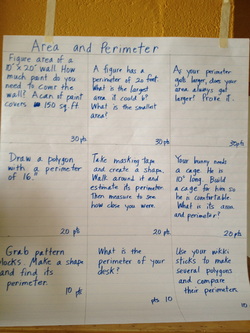
Here is a photo and an attached document of a leveled tic-tac-toe menu designed by some creative third grade teachers in Cheltenham Township. If you don’t teach this particular math concept, I think you will still be able to see how to change some of the words and tweak it to fit your content.
| tic-tac-toe_area_.docx |

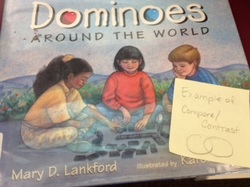
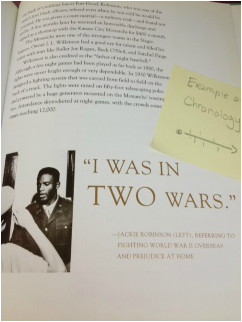
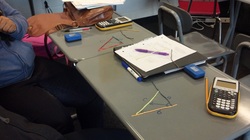
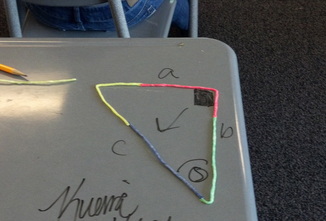
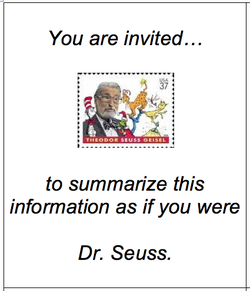
 RSS Feed
RSS Feed